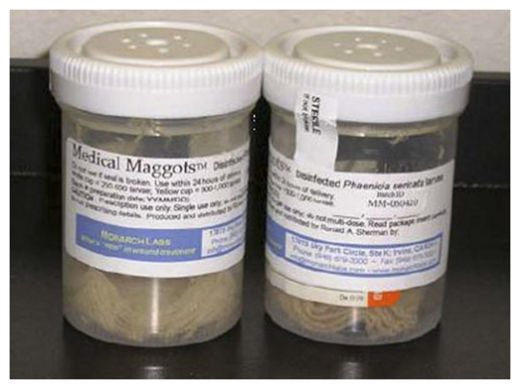
© Monarch Labs via Bloomberg Medical-grade maggots are fly larvae grown in a lab and germ-free.
Maggots healed the wounds of diabetic patients where traditional medicine had failed, according to a report that suggests the ancient therapy may offer an alternative for clearing severe ulcers.
Medical-grade versions of the fly larvae, placed on the sores of 27 diabetic patients, helped close the wounds in 21 cases, said Lawrence Eron, associate professor at the University of Hawaii's
John A Burns School of Medicine, in Honolulu, and an author of the report. Some of the wounds had been open for as long as five years, he said.
Maggot therapy, a medical technique since Biblical times, declined after antibiotics came into use in the 1940s. The treatment is now undergoing a resurgence as a potential cheap alternative for patients with wounds infected with drug- resistant bacteria. The findings were presented today at the Interscience Conference on Antimicrobial Agents and Chemotherapy, in Chicago.
"There's this yuck factor that permeates not only patients' views of using maggots, but especially the medical profession -- and I was no exception to that," Eron said in a telephone interview. "But when I saw the results of what these maggots do, and what they accomplished, I became very enthusiastic."
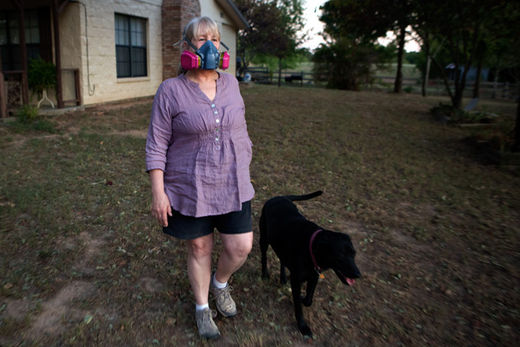
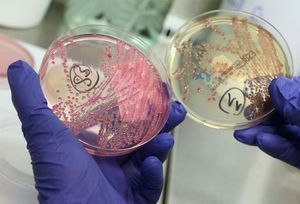

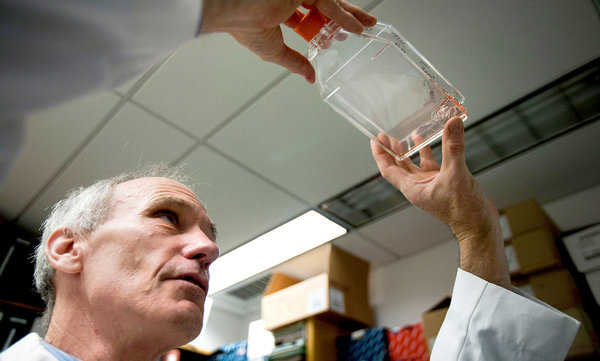
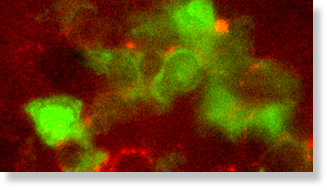
Comment: For more information about Farmacology: Antibiotics resistance generated at factory farms and what the FDA 'claims' to be doing about the serious issue with antibiotic resistance in humans read the following articles:
What the USDA Doesn't Want You to Know About Antibiotics and Factory Farms
The FDA Finally Reveals How Many Antibiotics Factory Farms Use
How Factory Farms Are Pumping Americans Full of Deadly Bacteria and Pathogens
As MRSA Gets Worse, the FDA Discovers Antibiotic Abuse on Factory Farms
The Problem with Factory Farms
Why Factory Farms Threaten Your Health
Factory Farms Make You Sick. Let Us Count the Ways